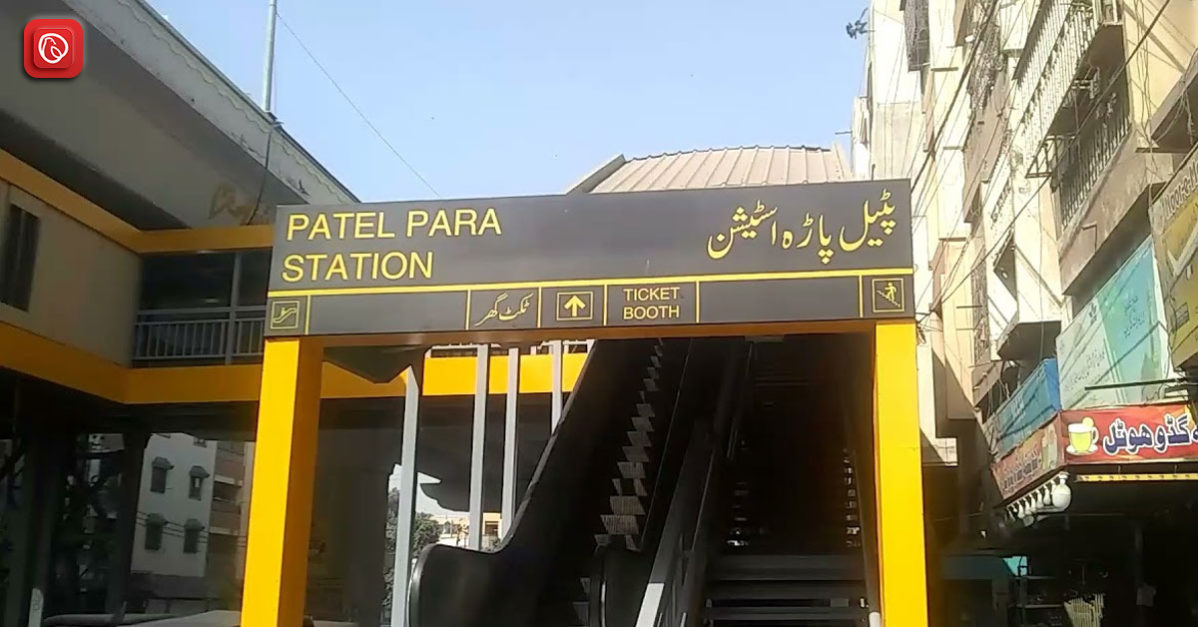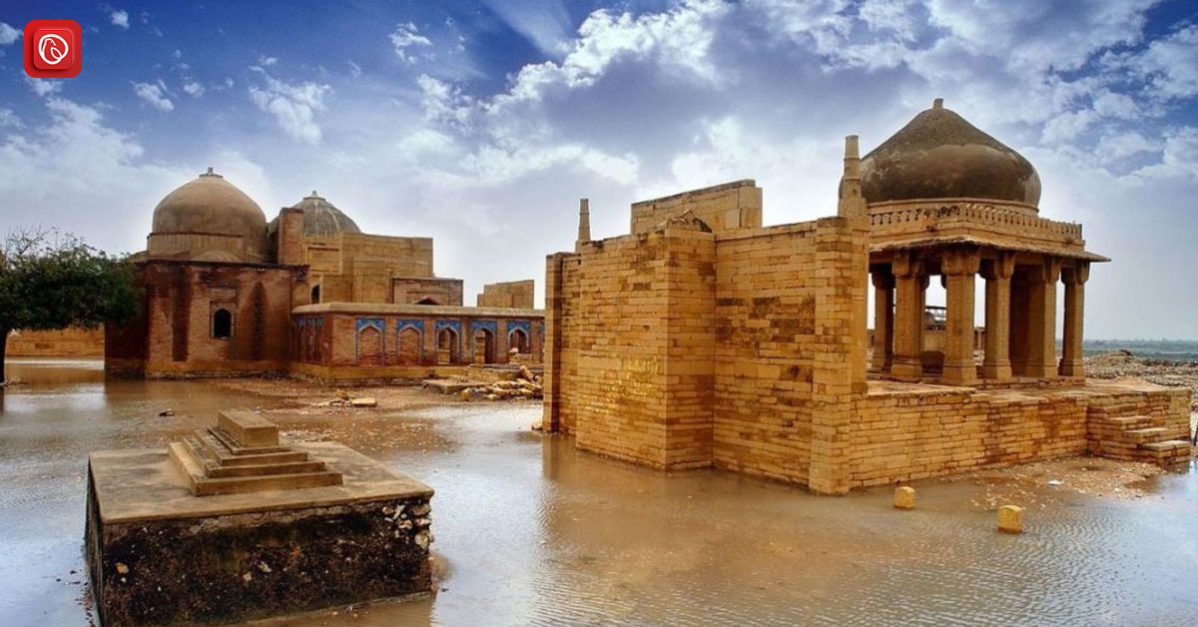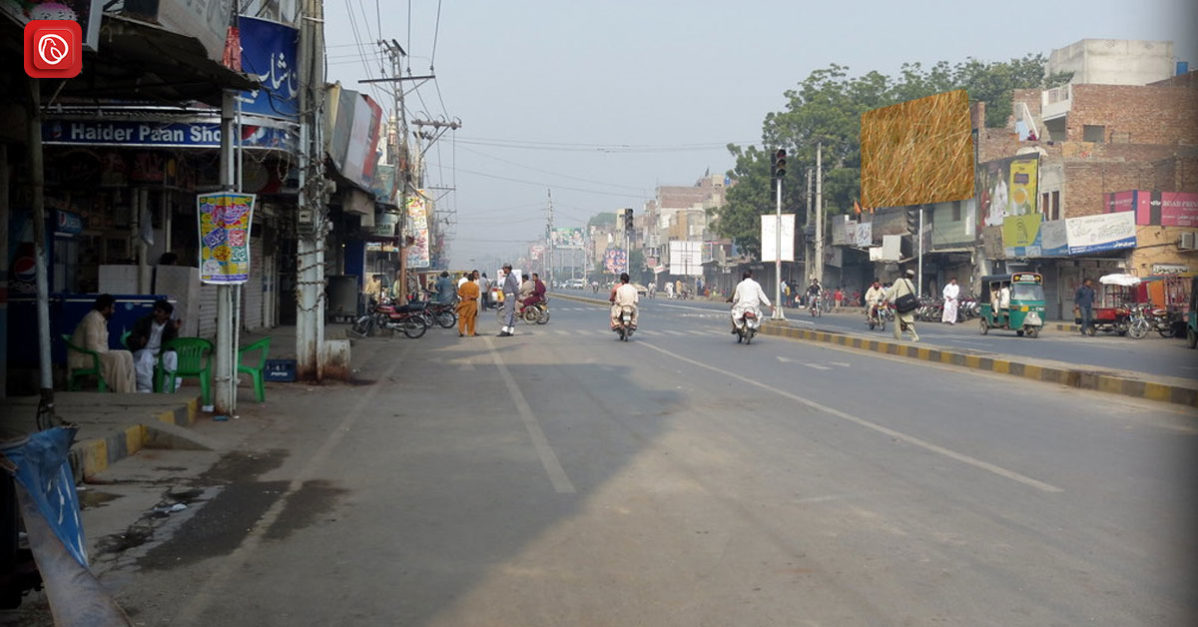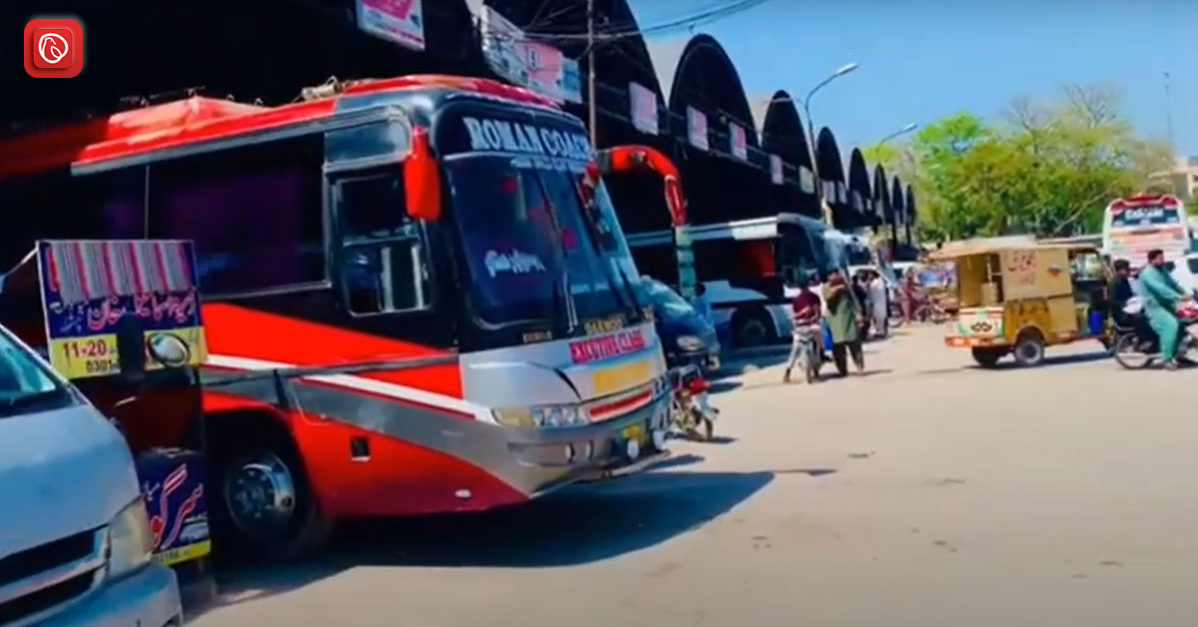Patel Para, a well-known neighbourhood in Jamshed Town, Karachi, is a bustling area of significant historical and cultural importance. Known for its vibrant community and rich history, Patel Para reflects the diverse and dynamic nature of Karachi. This area is home to a mix of residential and commercial zones, making it a hub of activity for its residents and visitors.
In this blog, Graana.com will discuss the history, location, accessibility, and lifestyle of people living there.
History of Patel Para
Patel Para’s history dates back to the pre-partition era, when it was predominantly inhabited by Gujarati Muslims. The area was named after the Patel community, which played a significant role in its development.
Over the years, Patel Para has witnessed substantial growth and transformation, evolving from a modest settlement to a thriving urban neighbourhood. Its history is interwoven with the broader history of Karachi, particularly in terms of migration, development, and urbanisation.
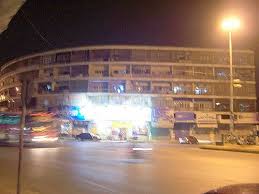
Geographical Location
Patel Para is strategically located in Jamshed Town, one of the central parts of Karachi. Bordered by major roads and adjacent to prominent neighbourhoods such as Soldier Bazaar and Gurumandir, Patel Para enjoys a prime location that provides easy access to various parts of the city. The area is well-connected through an extensive network of roads, including the famous Jamshed Road, making it accessible to public and private transportation.
Demographics
Patel Para is home to a diverse population, with a significant representation of the Gujarati-speaking Muslim community. The neighborhood is a melting pot of cultures, languages, and traditions, reflecting the multicultural essence of Karachi. Over the years, the demographic landscape of Patel Para has evolved, with an influx of people from different parts of the country adding to the area’s diversity. The community is known for its close-knit social fabric, where traditional values and modern lifestyles coexist harmoniously.
Residential Areas in Patel Para
The residential aspect of Patel Para is characterised by a mix of old and new housing developments. The area combines traditional houses, apartment complexes, and modern buildings. The preservation of older homes started reflecting the architectural styles of a bygone era, while newer constructions cater to the growing demand for housing in the city. The planning of residential areas with amenities such as parks, mosques, and markets within easy reach, providing a comfortable living environment for its residents.
Commercial Zones
Patel Para is not just a residential area but also a thriving commercial hub. It has a variety of shops, markets, and small businesses that cater to the daily needs of the residents. The commercial activity in Patel Para is vibrant, with everything from grocery stores to clothing shops, restaurants, and service providers available within the area.
The proximity to major commercial centres of Karachi, such as Saddar and M.A. Jinnah Road, further enhances Patel Para’s commercial significance.
Educational Institutions
Education is a critical focus in Patel Para, with several schools and colleges nearby. These institutions offer quality education and cater to the academic needs of the local population. Some notable educational institutions include government schools, private schools, and religious seminaries.
These educational facilities ensure that the residents have access to good education without having to travel far. The area’s emphasis on education is a testament to the community’s commitment to nurturing the next generation.
Healthcare Facilities
Adequate healthcare facilities ensure that the residents have access to medical care when needed. The neighbourhood is home to several clinics, pharmacies, and hospitals providing various healthcare services. Notable nearby healthcare institutions include the well-known Jinnah Postgraduate Medical Centre (JPMC) and Liaquat National Hospital, which are easily accessible from Patel Para. These healthcare facilities are crucial in ensuring the community’s well-being, offering routine and emergency medical services.
Transportation and Connectivity
One key advantage of living in Patel Para is its excellent connectivity to other parts of Karachi. The neighbourhood is well-served by public transportation, including buses, rickshaws, and taxis, making it easy for residents to commute to different parts of the city.
The major roads surrounding Patel Para, such as M.A. Jinnah Road and Jail Road, provide direct access to key areas of Karachi, including the city centre, business districts, and recreational spots. The ease of transportation is one factor that makes Patel Para a desirable location for residents and businesses.
Cultural and Social Life
Patel Para is a culturally rich neighbourhood where traditions are deeply rooted. The area is known for its religious and cultural activities, with mosques centralizing the community’s social life. Festivals such as Eid, Ramadan, and Muharram are celebrated with great fervour, bringing the community together in a display of unity and shared values.
The social life in Patel Para is vibrant, with residents often gathering for community events, religious gatherings, and social functions. This strong sense of community is one of the defining characteristics of Patel Para, making it a welcoming and inclusive neighbourhood.
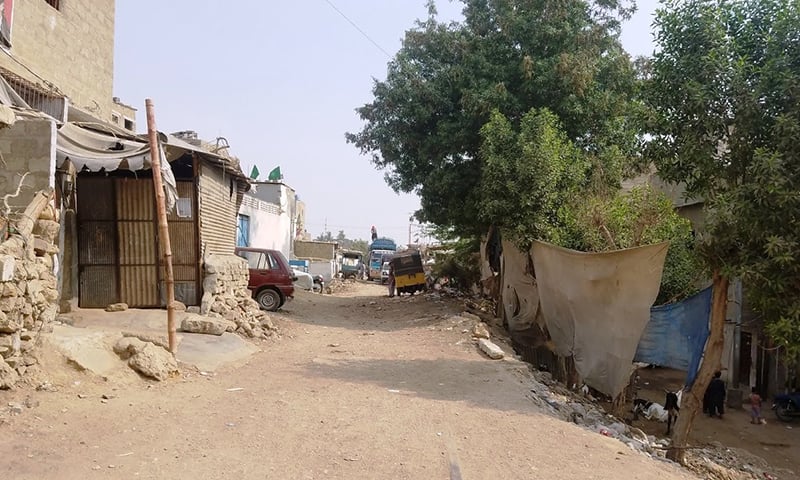
Real Estate and Property Trends
The real estate market in Patel Para has seen significant growth in recent years, driven by its strategic location and the increasing demand for housing in Karachi. The area offers a range of property options, including residential plots, houses, and apartments, catering to different market segments.
Property prices in Patel Para have appreciated over time, making it an attractive investment option for local and out-of-town investors. The ongoing development in the surrounding areas will likely further boost the real estate market in Patel Para, making it a sought-after location for property buyers.
Challenges and Development
Despite its many advantages, the area faces several challenges. These include infrastructure development, traffic congestion, and the need for improved public services. Karachi’s rapid urbanisation has put pressure on the existing infrastructure, leading to issues such as overcrowding and inadequate public amenities. However, local authorities are ready to address these challenges.
Various development projects are underway to improve the infrastructure and enhance the quality of life. These initiatives include road repairs, drainage system upgrades, and better public services. All aim to make Patel Para a more liveable and sustainable neighborhood.
Conclusion
Patel Para is a neighbourhood that encapsulates the essence of Karachi’s vibrant and diverse urban landscape. With its rich history, strategic location, and dynamic community, the area is a significant part of Jamshed Town. The area offers a unique blend of residential comfort and commercial activity.
This makes it ideal place for those seeking a balanced lifestyle in the heart of Karachi. As the city continues to grow and develop, the area is poised to remain an important and thriving part of Karachi.
FAQs
Related FAQs on it
Q1: What is the significance of the name “Patel Para”?
A1: It is named after the Patel community, one of the area’s early settlers. The name reflects the historical presence and influence of the community in this neighbourhood.
Q2: What are the key educational institutions in Patel Para?
A2: It has several educational institutions, including government schools, private schools, and religious seminaries. All are offering quality education to the local population.
Q3: How is the real estate market in Patel Para?
A3: The real estate market is growing, with increasing demand for residential and commercial properties. The area’s strategic location and ongoing development projects contribute to its attractiveness as a real estate investment.
Q4: What healthcare facilities are available in Patel Para?
A4: It is well-served by healthcare facilities, including clinics, pharmacies, and hospitals. These include Jinnah Postgraduate Medical Centre and Liaquat National Hospital.
Q5: What challenges does Patel Para face?
A5: The area faces challenges such as infrastructure development, traffic congestion, and the need for improved public services.
Follow Graana blog for more details.
